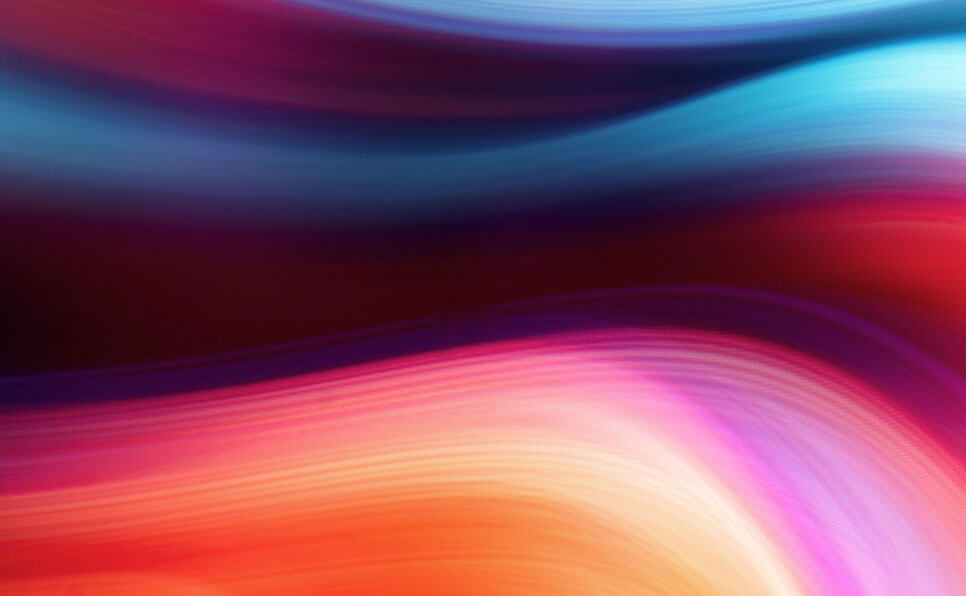
Introduction:
Graphic design is an essential skill in today’s digital world, impacting everything from websites to advertisements, social media posts, and branding. Whether you’re considering graphic design as a career or simply want to improve your skills for personal projects, the world of design can be overwhelming at first glance. But don’t worry—everyone starts somewhere. This comprehensive guide will walk you through the basics of graphic design for beginners, offering helpful insights, tips, and resources to set you on the right path.
What is Graphic Design?
Graphic design is the process of conceptualizing and communicating ideas and experiences using a combination of visuals and text. This can include everything from logos, websites, and posters to social media graphics and marketing materials. Graphic design combines creativity with functionality, using visual elements to communicate messages effectively. The goal is to capture the attention of an audience, convey information clearly, and evoke a particular emotion or reaction.
Key Elements of Graphic Design
Before diving into tools and techniques, it’s important to understand the basic elements that make up graphic design. These foundational concepts will guide your design work, no matter the project.
1. Line: Lines are one of the most basic elements in design. They can be straight, curved, or abstract and are used to create shapes, define space, or connect different design elements. Lines help establish structure and movement within a design.
2. Shape: Shapes are used to form the foundation of any design. They can be geometric (like squares and circles) or organic (like freeform shapes), and they can be filled with color, patterns, or textures to create depth.
3. Color: Color is one of the most powerful tools in design, influencing mood, tone, and emotion. Different colors evoke different feelings—blue often communicates calm or trust, while red can convey energy or urgency. Understanding color theory is key to using color effectively in your designs.
4. Typography: The right font choice can significantly impact a design’s success. Fonts can convey personality, tone, and clarity, so it’s important to select fonts that align with your design’s purpose. Font pairings, text hierarchy, and line spacing also play crucial roles in readability and aesthetics.
5. Texture: Texture refers to the visual representation of a surface’s feel—whether it’s smooth, rough, or soft. Adding texture to your design can create depth and visual interest, helping a design look more tactile or dynamic.
6. Space (White Space): Space, or white space, refers to the empty areas between elements. It’s not just “empty” space—it’s a critical component that helps balance and organize a design, ensuring that it’s not cluttered. Proper use of space can make a design feel more clean and sophisticated.
Essential Graphic Design Tools for Beginners:
Now that you understand the key design elements, it’s time to explore the tools you’ll use to create designs. Here are some of the most popular and beginner-friendly graphic design tools:
1.Adobe Photoshop: Adobe Photoshop is a staple in the graphic design world. Known for its powerful editing tools, it’s great for photo manipulation, digital painting, and creating detailed designs. While it has a steep learning curve, there are countless tutorials and resources to help beginners get started.
2. Adobe Illustrator: Illustrator is used primarily for vector-based designs, meaning that the images you create in Illustrator are scalable without losing quality. This makes it ideal for creating logos, icons, and illustrations. Like Photoshop, it can be complex at first, but its precision and versatility are invaluable once you understand the basics.
3. Canva: For beginners, Canva is a fantastic tool. It’s web-based and easy to use, offering drag-and-drop functionality with pre-made templates for social media posts, presentations, flyers, and more. While it doesn’t offer the same advanced features as Adobe products, Canva is a great starting point for those just getting into design.
4. Inkscape: If you’re looking for a free alternative to Adobe Illustrator, Inkscape is a great option. It’s an open-source vector graphics editor that offers many of the same capabilities as Illustrator. While it may not be as polished as its Adobe counterpart, it’s perfect for beginners on a budget.
5. Affinity Designer: Affinity Designer is a relatively new player in the design world, but it’s quickly gaining popularity due to its robust features and lower price point compared to Adobe products. It offers both vector and raster design capabilities, making it a versatile tool for beginners and professionals alike.
Getting Started with Your First Graphic Design Project:
Once you’ve chosen your tools and familiarized yourself with the basic design elements, it’s time to start your first project. Here’s a step-by-step guide to creating your first graphic design:
Step 1: Choose a Design Type:
Decide on the type of design you want to create. Some common types include:
Logo Design: A logo is a graphic representation of a brand. It should be clear, easy to remember, and adaptable to various applications.
Poster Design: Posters are visual communication tools that typically use bold colors, typography, and imagery to promote a product or event.
Social Media Graphics: These designs are made for digital platforms like Instagram, Facebook, or Twitter. They often require a balance of images, text, and branding elements.
Website Design: Website design focuses on creating layouts and user interfaces that are functional and visually appealing.
Step 2: Plan Your Layout:
Think about how the elements in your design will interact. This involves creating a rough layout or wireframe, deciding where images, text, and other design elements will be placed. Consider hierarchy (which elements should be most prominent) and alignment (how elements are arranged to create balance).
Step 3: Choose Your Color Scheme:
Select a color palette that aligns with the message or brand you’re designing for. Tools like Adobe Color or Coolors can help you choose complementary colors. Ensure that your color scheme is cohesive and suits the mood you want to convey.
Step 4: Select Your Fonts:
Choose fonts that are easy to read and align with your design’s tone. For example, if you’re designing a modern, sleek logo, you might choose a sans-serif font. On the other hand, a vintage design might use a more decorative serif font. Don’t use too many fonts—stick to two or three for consistency.
Step 5: Create and Adjust Your Design:
Now comes the fun part—creating the design! Use the tools at your disposal to bring your vision to life. Don’t worry if it’s not perfect at first; graphic design is an iterative process, so feel free to experiment and make adjustments. Play around with layers, colors, shapes, and textures until you’re happy with the result.
Step 6: Get Feedback and Refine:
Once you have a draft, get feedback from others. It’s always helpful to have fresh eyes review your design and point out areas for improvement. Take this feedback into account and refine your design.
Step 7: Export and Share:
When your design is ready, export it in the appropriate file format for your project—whether that’s PNG, JPEG, SVG, or PDF. Make sure your design is the right size and resolution for where it will be displayed (for example, web graphics require different specs than print graphics).
Tips for Improving Your Graphic Design Skills:
Practice, Practice, Practice: The best way to improve as a graphic designer is through practice. Create designs regularly, whether for personal projects or mock-ups. Over time, you’ll develop your style and gain confidence.
Explore Other Designers’ Work: Look at the work of other designers for inspiration. Platforms like Behance and Dribbble showcase a wide range of graphic design styles and projects. Studying these can help you understand current trends and techniques.
Take Online Courses: There are many online courses and tutorials for beginners. Websites like Udemy, Skillshare, and LinkedIn Learning offer structured lessons that can help you learn the ropes of graphic design at your own pace.
Use Templates: Using templates can be a great way to learn, especially when you’re starting out. They offer a base for your design and help you understand layout, color schemes, and typography choices.
Stay Inspired: Graphic design can be a creative challenge, so it’s important to stay inspired. Follow design blogs, attend design conferences, and connect with other designers to keep your creativity flowing.
Conclusion:
Graphic design is a skill that requires creativity, practice, and the right tools. For beginners, it can seem intimidating, but with the right approach, you can quickly improve your abilities and start producing visually striking work. Remember to focus on mastering the fundamentals of design, experiment with different tools, and practice regularly. Over time, you’ll develop your unique style and be able to create designs that not only look great but also communicate messages effectively.
Whether you’re designing for personal projects or planning to pursue a career in graphic design, the journey starts with a single step. So, gather your tools, get inspired, and start designing!
Also Read: Understanding CRM Software


